Incorporating slant board exercises into your workout routine can revolutionize your strength and progress. They offer a unique angle to traditional moves that enhance form and function.
From slant board stretches to barbell squats, the slant board split squat, and more introduces a new dimension of challenge and support, making it a versatile tool for athletes and fitness enthusiasts.
This guide will walk you through five essential slant board exercises that maximize the benefits of the slant board, ensuring you get the most out of each move. Whether you’re aiming to improve strength, flexibility, or overall performance, these exercises, performed with proper form and awareness, will help you on your journey to a stronger, more resilient body.
Hamstring Stretch
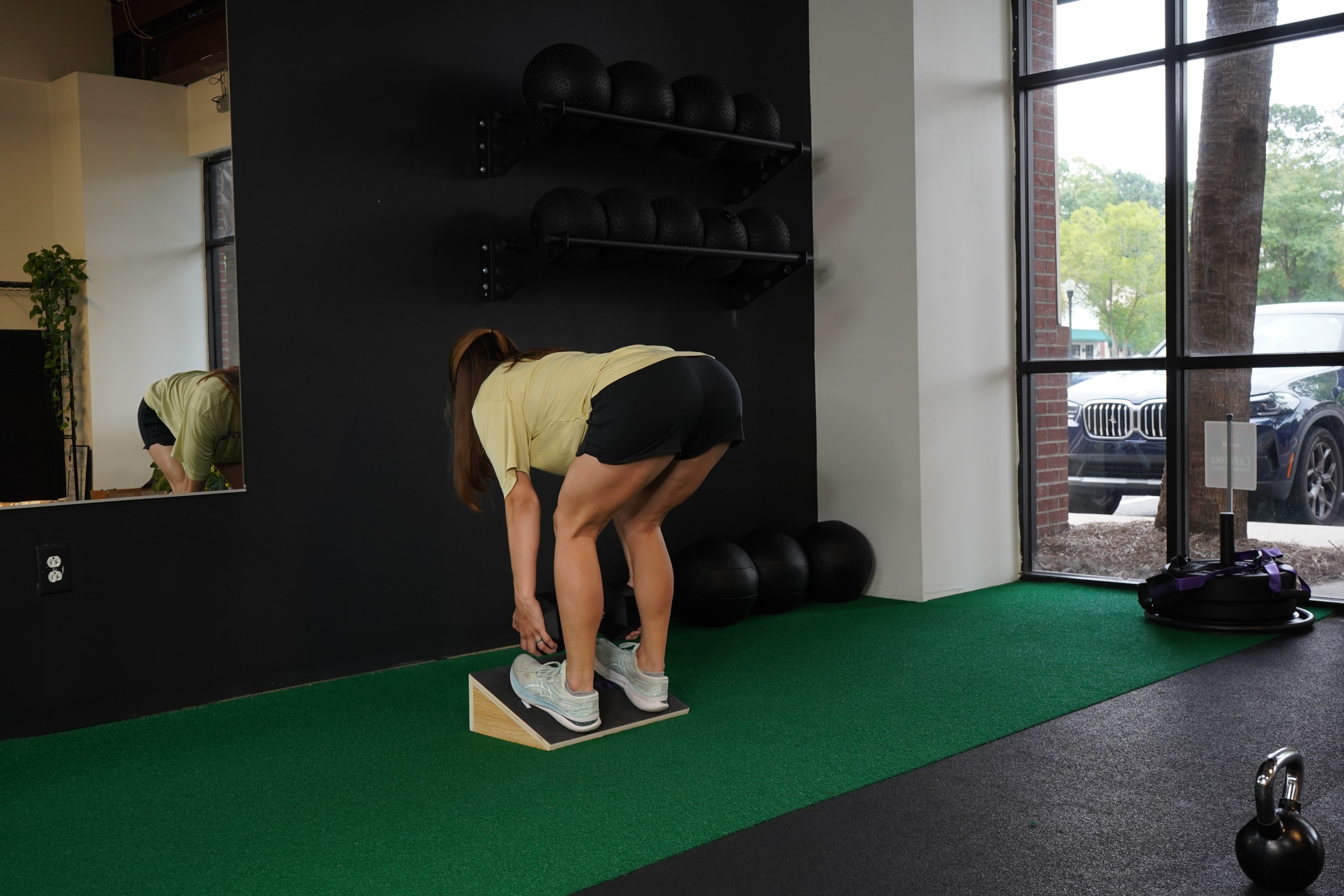
Proper Form Tips
When performing a hamstring stretch on a slant board, focus on maintaining proper form to prevent injury and maximize benefits.
-
Stand on the slant board with your heels resting on the lower end.
-
Keep your back straight and hinge forward at the hips, reaching toward your toes.
-
Avoid rounding your back, as this can reduce the effectiveness of the stretch and strain your spine.
-
Engage your core muscles to support your lower back and breathe deeply throughout the stretch.
-
Hold the position for 20-30 seconds, feeling a gentle pull in your hamstrings. If you experience any sharp pain, ease back slightly.
This stretch helps improve flexibility and can alleviate chronic tightness in the hamstrings, which is beneficial for overall mobility and injury prevention.
Benefits of Hamstring Stretch
The hamstring stretch on a slant board offers several significant benefits.
First, it enhances flexibility in the hamstrings, which can improve overall mobility and reduce the risk of injuries, especially in the lower back and knees. Tight hamstrings are a common issue that can lead to compensatory movements and strain other parts of the body.
Additionally, regular hamstring stretching can alleviate muscle tension and discomfort, promoting better posture and more efficient movement patterns. For athletes and fitness enthusiasts, this stretch can contribute to better performance by allowing a greater range of motion in activities like running, jumping, and squatting.
Incorporating this stretch into your routine can also aid in rehabilitation and injury prevention, particularly for those recovering from lower leg, knee, or ankle injuries. By gently stretching and strengthening the hamstrings, you support the healing process and enhance overall muscle function. Improving hamstring flexibility can also help prevent knee injury by reducing strain on the knee joint and improving lower body strength.
Common Mistakes to Avoid
One frequent error is rounding the back while reaching for the toes. This not only reduces the effectiveness of the stretch but can also strain the lower back. Keep your spine straight and hinge at the hips instead.
Another mistake is bouncing or jerking into the stretch. This can cause muscle strains and doesn't effectively improve flexibility. Instead, move into the stretch slowly and hold the position steadily. Additionally, avoid locking your knees, which can place undue stress on the joints. Keep a slight bend in your knees to protect them.
Finally, don’t forget to breathe. Holding your breath can create tension and limit the stretch’s benefits. Breathe deeply and calmly to relax the muscles and enhance the stretch.
Barbell Squats
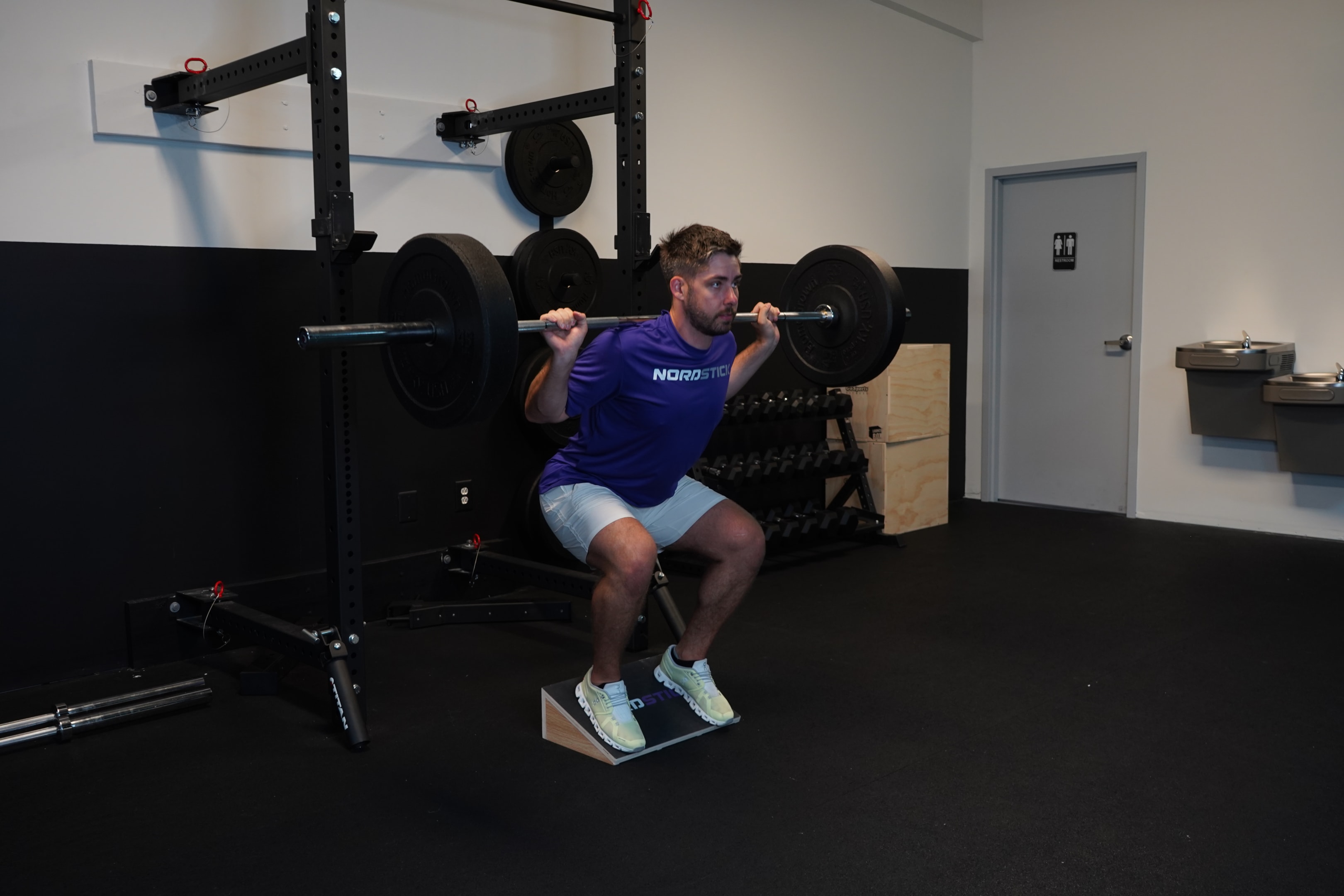
Correct Execution
To perform barbell squats on a slant board correctly, start by placing the slant board on a stable surface.
-
Position your heels on the elevated edge of the board, with your feet about shoulder-width apart.
-
Hold the barbell across your upper back, ensuring it rests comfortably on your trapezius muscles. Keep your chest up, shoulders back, and core engaged.
-
Begin the squat by bending at the hips and knees, lowering your body as if sitting back into a chair.
-
Descend until your thighs are parallel to the ground or slightly below, depending on your flexibility and comfort.
-
Push through your heels to return to the starting position, extending your hips and knees fully.
Aim to keep your knees aligned with your toes and avoid letting them collapse inward. Incorporating toes slant board exercises can help emphasize proper knee alignment and improve knee stability.
Throughout the movement, maintain a neutral spine and avoid leaning too far forward. This form ensures maximum quadriceps activation and helps improve overall lower body strength and stability.
Key Benefits
The elevated heel position increases quadriceps activation, allowing you to target these muscles more effectively. This is especially beneficial for athletes looking to enhance explosive power and performance in sports that require strong, agile legs.
Moreover, the slant board helps improve ankle mobility, which is crucial for achieving a full range of motion in squats. Enhanced ankle flexibility can translate to better overall movement patterns and reduced risk of injuries.
Performing barbell squats on a slant board also promotes better knee alignment, encourages proper form, and reduces the likelihood of knee pain or strain.
Additionally, this exercise can contribute to greater core stability and balance, as maintaining proper form on the slant board requires engaging the core muscles. Overall, barbell squats on a slant board offer a comprehensive lower body workout that boosts strength, stability, and flexibility.
Pitfalls to Watch For
One major mistake is allowing the knees to collapse inward, which can lead to knee strain and improper muscle activation. Focus on keeping your knees aligned with your toes throughout the movement.
Another issue is leaning too far forward, which can place excessive stress on the lower back. Maintain an upright torso by engaging your core and keeping your chest lifted. Additionally, avoid lifting your heels off the slant board, as this can destabilize your stance and reduce the effectiveness of the exercise.
Another common pitfall is overloading the barbell with too much weight. Start with a manageable weight to perfect your form before gradually increasing the load. Lastly, ensure the slant board is on a stable surface to prevent any wobbling or slipping, which could lead to injury.
Slant Board Calf Raises
Step-by-Step Guide
Performing slant calf raises is a straightforward way to strengthen your calf muscles. Here’s a step-by-step guide to ensure you execute this exercise correctly:
-
Position the Slant Board: Place the slant board on a stable, flat surface. Make sure it is secure and won’t slide during the exercise.
-
Foot Placement: Stand with the balls of your feet on the lower edge of the slant board, allowing your heels to hang off the higher edge. Your feet should be about hip-width apart.
-
Engage Your Core: Keep your core muscles engaged to maintain balance and stability throughout the movement.
-
Raise Your Heels: Slowly lift your heels as high as possible, coming onto the balls of your feet. Pause at the top of the movement, squeezing your calf muscles.
-
Lower Your Heels: Gradually lower your heels back to the starting position, allowing them to dip slightly below the edge of the slant board for an added stretch.
Repeat for the desired number of repetitions, maintaining controlled movements to maximize muscle engagement and effectiveness.
Why You Should Do Them for Ankle Mobility
Slant calf raises are a highly effective exercise for several reasons. Firstly, they target the calf muscles more intensely than flat-surface calf raises, thanks to the increased range of motion provided by the slant board. This helps in building stronger, more defined calves, which are essential for activities that require explosive power, such as running and jumping.
In addition to muscle strength, slant calf raises improve ankle flexibility and stability. This is particularly beneficial for those with limited ankle mobility, as it can enhance overall movement patterns and reduce the risk of injury. Strengthening the calf muscles also supports better balance and coordination, which is crucial for athletic performance and daily activities.
Furthermore, incorporating slant calf raises into your routine can aid in injury prevention and rehabilitation, especially for issues related to the Achilles tendon and plantar fascia. Overall, this exercise offers a comprehensive approach to lower leg strength and functionality.
Things to Avoid
One common error is using momentum to lift your heels instead of engaging your calf muscles. This reduces the muscle activation and benefit of the exercise. Focus on slow, controlled movements to maximize muscle engagement.
Another mistake is allowing your ankles to roll outward or inward. This can place undue stress on the ankle joints and reduce the effectiveness of the exercise. Keep your ankles aligned and stable throughout the movement.
Avoid locking your knees during the exercise, as this can lead to joint strain and reduce the calf muscle engagement. Maintain a slight bend in your knees to protect your joints and enhance muscle activation.
Lastly, ensure the slant board is stable and secure to prevent any slipping or wobbling, which could lead to injury. Always prioritize form and stability over speed or weight.
Slant Step Downs
Correct Execution
To perform slant step downs correctly, follow these steps to ensure proper form and maximize benefits. Begin by placing the slant board on a stable surface.
-
Stand on the slant board with one foot, positioning it near the top edge, and let the other foot hang off the side. Engage your core to maintain balance and stability.
-
Start the movement by bending the knee of the supporting leg, lowering your hanging foot toward the ground. Keep your hips level and avoid tilting to one side. Focus on controlling the descent, ensuring your knee stays aligned with your toes.
-
Once your hanging foot lightly touches the ground, press through the heel of the supporting foot to return to the starting position.
Keep the movement slow and controlled to maximize muscle engagement and stability. Repeat for the desired number of repetitions before switching to the other leg. This exercise targets the quadriceps, glutes, and calves while also improving balance and coordination.
Key Benefits
Slant step downs offer several key benefits that make them a valuable exercise for any fitness routine. Firstly, they significantly enhance lower body strength by targeting the quadriceps, glutes, and calves. This makes them particularly beneficial for athletes and fitness enthusiasts looking to improve performance in activities that require powerful, stable legs.
Additionally, slant step downs improve balance and coordination. The controlled movement required in this exercise engages stabilizing muscles, which can enhance overall proprioception and reduce the risk of falls and injuries.
This exercise also promotes better joint health. By focusing on controlled, slow movements, slant step downs help strengthen the muscles around the knee and ankle joints, providing greater support and reducing the likelihood of joint-related issues.
Furthermore, slant step downs are excellent for improving functional fitness. The movement pattern mimics daily activities such as stepping down from a curb or stair, making it highly relevant for everyday strength and stability.
Pitfalls to Watch For
One major mistake is allowing the knee of the supporting leg to collapse inward, which can strain the knee joint and reduce muscle engagement. Always ensure that your knee tracks in line with your toes.
Another common error is rushing through the movement. Fast, uncontrolled movements can decrease muscle activation and balance benefits. Focus on a slow, controlled descent and ascent to maximize the exercise's effectiveness.
Avoid leaning too far forward or backward, which can shift the focus away from the target muscles and strain your lower back. Keep your torso upright and engage your core for stability.
Lastly, ensure the slant board is on a stable surface to prevent any slipping or tilting. Proper setup and execution are crucial for getting the most out of slant step downs while staying safe.
Slant Board Jefferson Curl
Correct Execution
To correctly execute the Jefferson Curl, start by standing on a stable, elevated surface like a slant board with your feet shoulder-width apart. Hold a light weight, such as a dumbbell or kettlebell, in both hands.
-
Begin the movement by tucking your chin to your chest and slowly rolling down through each vertebra of your spine, one at a time. Keep your legs straight but avoid locking your knees.
-
Continue to roll down until you reach your maximum range of motion, allowing the weight to gently pull you deeper into the stretch. Your goal is to reach as low as possible while maintaining control and a gradual curve in your spine.
-
Once you reach the bottom of the movement, pause for a moment, then reverse the motion by slowly rolling back up, vertebra by vertebra, until you return to the starting position.
Maintain a controlled pace throughout the exercise to maximize its benefits and ensure spinal safety.
Key Benefits
The Jefferson Curl offers several key benefits that make it a valuable addition to any fitness routine. First and foremost, it significantly enhances spinal flexibility and mobility. By focusing on controlled articulation of each vertebra, the exercise helps improve the range of motion in the spine, which is crucial for overall back health.
Additionally, the Jefferson Curl stretches the hamstrings and the entire posterior chain, including the lower back, glutes, and calves. This comprehensive stretch can alleviate muscle tightness and reduce the risk of injuries, particularly for those who spend long hours sitting or engaging in activities that strain the back.
Moreover, this exercise strengthens the spinal erectors, which support proper posture and spinal alignment. A strong, flexible spine is essential for maintaining good posture and reducing the likelihood of back pain.
Incorporating Jefferson Curls into your routine can also enhance your overall functional fitness, making everyday movements more fluid and reducing the risk of strain or injury during daily activities. Additionally, performing a slant board tibialis raise can target the tibialis anterior muscle, improving dorsiflexion and contributing to better lower leg strength and stability.
Pitfalls to Watch For
One major mistake is using too much weight. This exercise focuses on flexibility and spinal articulation, not brute strength. Start with a light weight and increase gradually as your flexibility and strength improve.
Another common error is moving too quickly. The Jefferson Curl should be performed slowly and deliberately, allowing you to feel each vertebra moving individually. Rushing through the motion can lead to improper form and reduce the effectiveness of the exercise.
Avoid locking your knees, as this can place unnecessary strain on the lower back. Keep a slight bend in your knees to protect your joints and maintain proper alignment.
Lastly, ensure you roll through each vertebra individually and avoid hinging from the hips. This ensures that the exercise targets the spine and not just the hamstrings or lower back.
Conclusion
Incorporating slant board exercises into your fitness routine can offer transformative benefits due to their versatility. These exercises enhance muscle strength, flexibility, and overall performance, making them ideal for athletes, fitness enthusiasts, and individuals aiming to improve their physical health. By targeting specific muscle groups more effectively, slant board exercises like hamstring stretches, barbell squats, and calf raises help in building stronger, more resilient muscles.
Moreover, these exercises improve joint stability and mobility, reducing the risk of injuries and aiding in rehabilitation. Enhanced balance and coordination from movements like slant step downs contribute to better functional fitness, making daily activities easier and safer.
The Jefferson Curl, in particular, promotes spinal health and flexibility, alleviating muscle tightness and enhancing overall back strength. By integrating these exercises into your routine, you set yourself on a path to a stronger, more flexible, and injury-resistant body, supporting lifelong physical activity and well-being.



































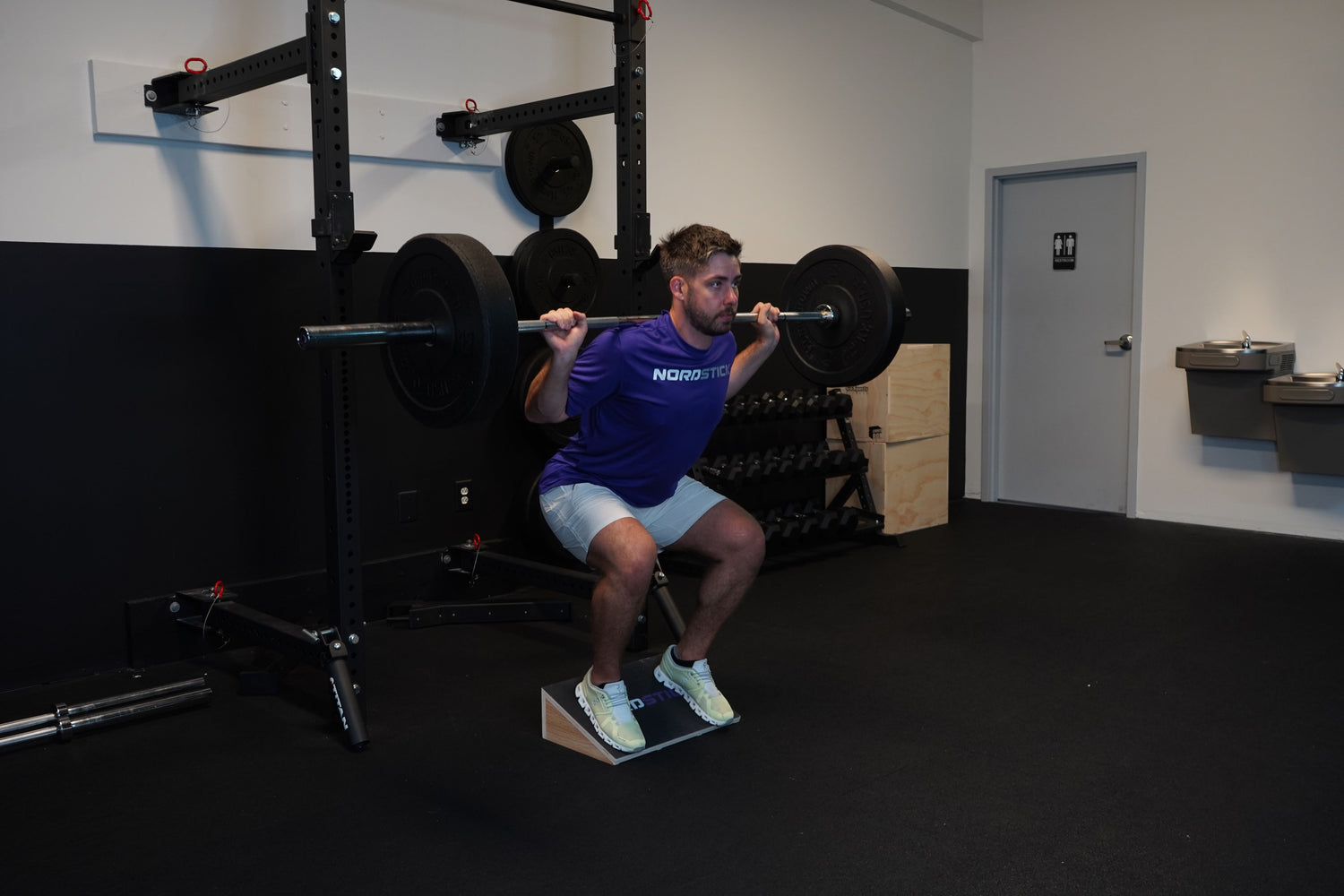
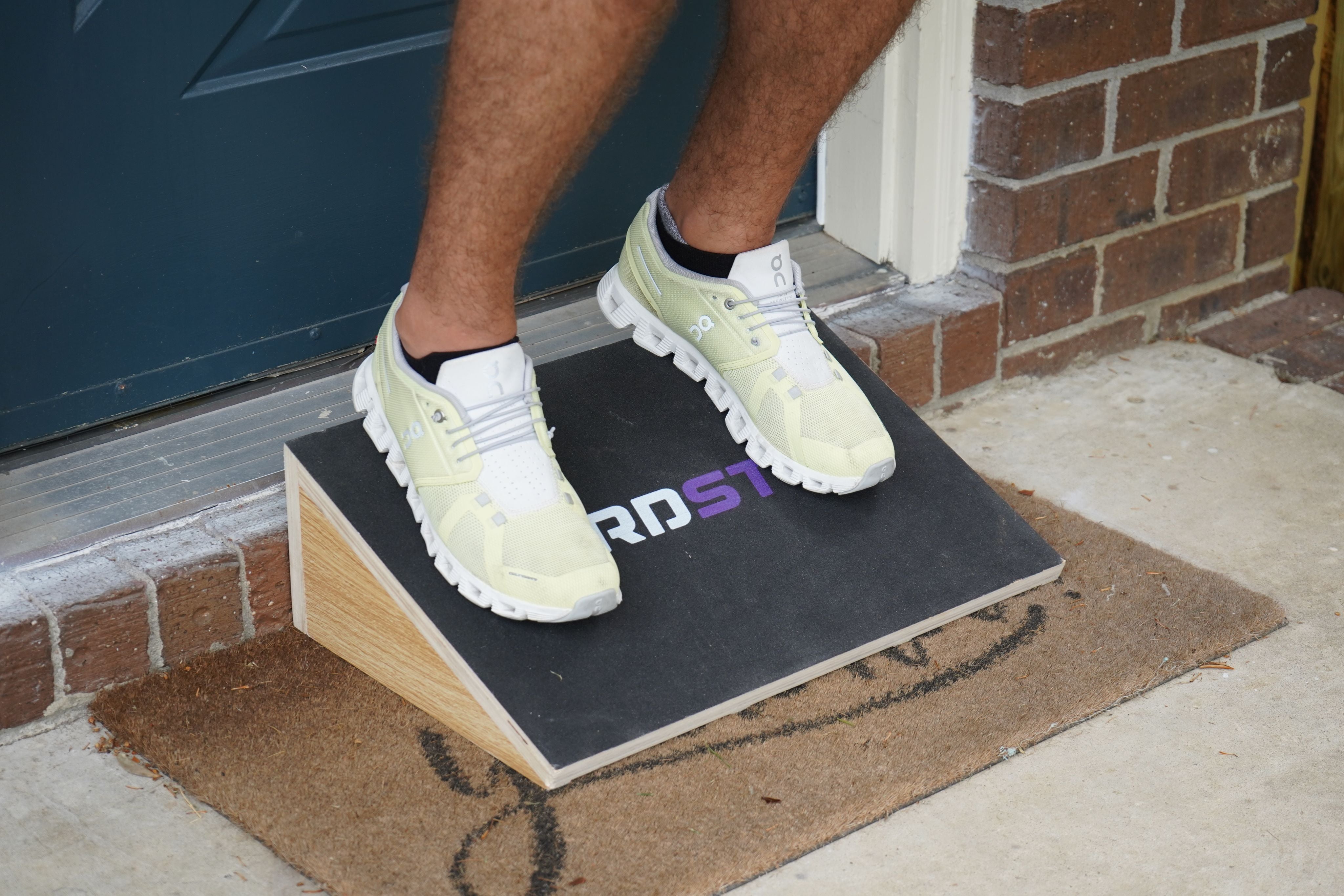
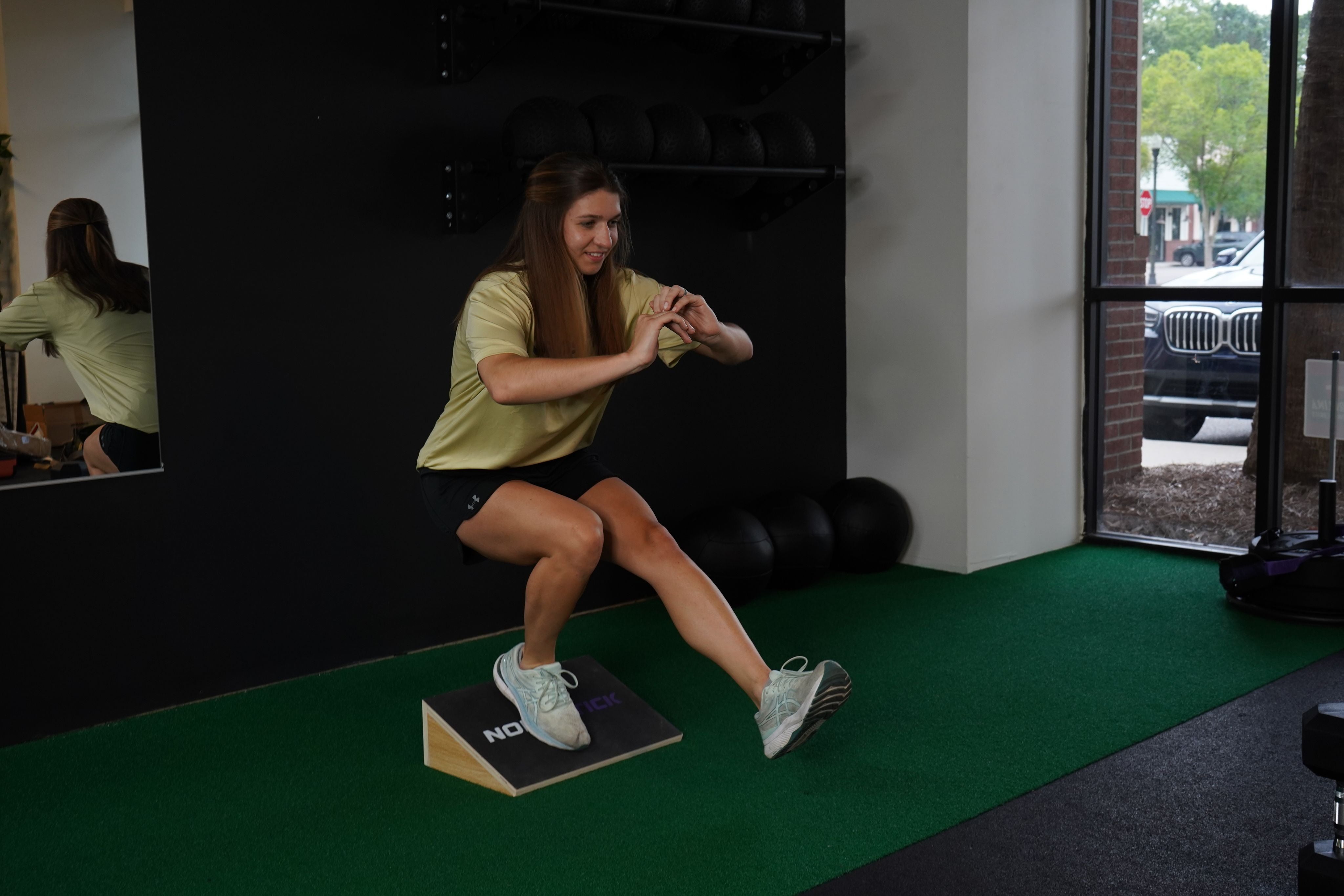



Leave a comment
This site is protected by hCaptcha and the hCaptcha Privacy Policy and Terms of Service apply.